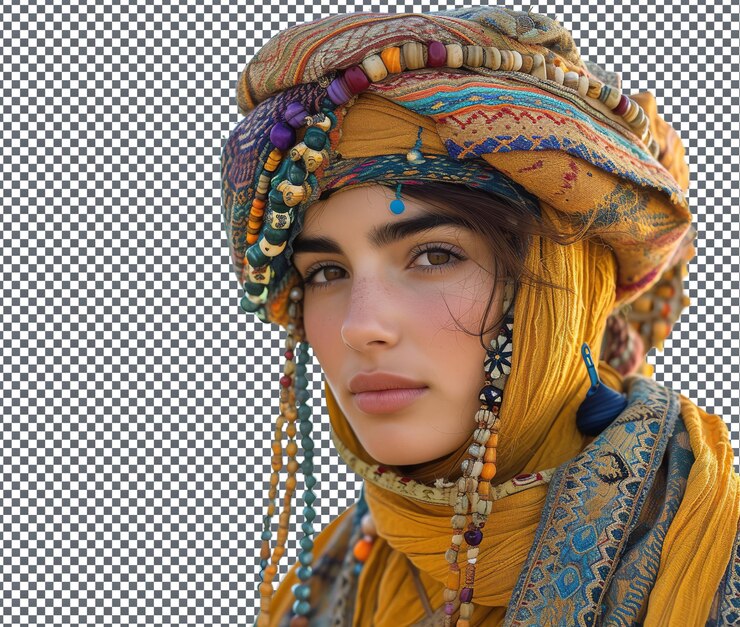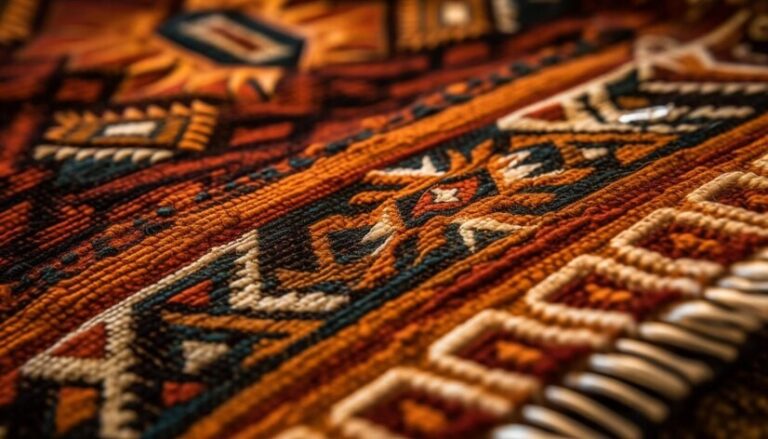Everything you need to know about Amazigh
The term “Amazigh” refers to an ethnic group indigenous to North Africa, primarily inhabiting regions such as Morocco, Algeria, Tunisia, Libya, and parts of Mali and Niger. With a rich cultural heritage dating back thousands of years, the Amazigh people, also known as Berbers, have played a significant role in shaping the history, language, and traditions of the Maghreb region. In this article, we’ll explore the history, culture, and contributions of the Amazigh people.
History and Origins
The history of the Amazigh people is deeply rooted in the ancient civilizations of North Africa. Their origins can be traced back to prehistoric times, with archaeological evidence suggesting that they have inhabited the region for over 10,000 years. The Amazigh are believed to be descendants of the indigenous populations of North Africa, who have maintained their distinct identity and cultural practices despite centuries of outside influence.
Language and Identity
One of the most enduring aspects of Amazigh culture is their unique language, known as Tamazight. Tamazight is a Berber language with numerous dialects spoken across different regions of North Africa. Despite centuries of colonial rule and linguistic assimilation efforts, many Amazighs communities have preserved their language as a symbol of their identity and heritage.
In recent years, there has been a growing movement to promote the recognition and preservation of Tamazight as an official language in countries where the Amazighs people reside. This recognition reflects a broader push for cultural autonomy and recognition of indigenous rights in the region.
Cultural Heritage
The cultural heritage of the Amazigh people is rich and diverse, encompassing a wide range of traditions, customs, and artistic expressions. From vibrant music and dance to intricate handicrafts and cuisine, Amazigh culture reflects the unique history and influences of the region.
One of the most iconic symbols of Amazighs culture is the “Tifinagh” script, an ancient writing system used by the Berbers for centuries. Tifinagh is characterized by its geometric shapes and symbols, which represent different sounds and concepts. Efforts to revive and promote Tifinagh as a written language have gained momentum in recent years, contributing to a renewed sense of pride and identity among the Amazighs people.
Want to hear more tips? Please look at our page for more informative and helpful blog posts.
Contributions to Society
Throughout history, the Amazigh people have made significant contributions to the cultural, social, and political landscape of North Africa. From the ancient Berber kingdoms to modern-day movements for cultural revival and recognition. The Amazighs have played a vital role in shaping the identity of the Maghreb region.
In addition to their cultural contributions, the Amazighs have also played a key role in various historical events and movements. From resistance against colonial rule to advocacy for indigenous rights and autonomy. The Amazighs continue to be active participants in the ongoing struggle for social justice and equality in the region.
Conclusion
The Amazigh people are an integral part of the cultural tapestry of North Africa, with a rich history, language, and heritage that span thousands of years. Despite facing challenges and adversity, the Amazighs have preserved their identity and traditions, contributing to the diversity and vibrancy of the Maghreb region. As efforts to promote cultural recognition and autonomy continue to gain momentum. The Amazighs people remain steadfast in their commitment to preserving their heritage for future generations.
FAQs
1. Who are the Amazigh people?
The Amazigh people, also known as Berbers, are an indigenous ethnic group primarily inhabiting North Africa, including regions. Such as Morocco, Algeria, Tunisia, Libya, and parts of Mali and Niger.
2. What language do the Amazigh people speak?
The Amazigh people speak various dialects of the Tamazight language. Which is a Berber language with numerous regional variations spoken across North Africa.
3. What is the significance of the Tifinagh script?
The Tifinagh script is an ancient writing system used by the Berbers for centuries. It is characterized by its geometric shapes and symbols, which represent different sounds and concepts. The Tifinagh script is an important symbol of Amazigh cultural identity and heritage.
4. What is the cultural heritage of the Amazigh people?
The cultural heritage of the Amazigh people is rich and diverse, encompassing a wide range of traditions, customs, and artistic expressions. This includes vibrant music and dance, intricate handicrafts, traditional cuisine, and the preservation of oral traditions.
5. What contributions have the Amazigh people made to society?
Throughout history, the Amazigh people have made significant contributions to the cultural, social, and political landscape of North Africa. This includes their role in the ancient Berber kingdoms, resistance against colonial rule, and advocacy for indigenous rights and autonomy.
6. Is there a movement for cultural recognition and autonomy among the Amazigh people?
Yes, there is a growing movement among the Amazigh people for cultural recognition and autonomy. This movement seeks to promote the recognition of Tamazight as an official language, preserve traditional cultural practices. and advocate for the rights of indigenous peoples in the region.
7. Where can I learn more about the Amazigh people and their culture?
There are many resources available for learning more about the Amazigh people and their culture. This includes books, academic journals, documentaries, and online resources provided by Amazigh cultural organizations and advocacy groups. Additionally, visiting North Africa and engaging with Amazigh communities firsthand can provide valuable insights into their culture and heritage.







